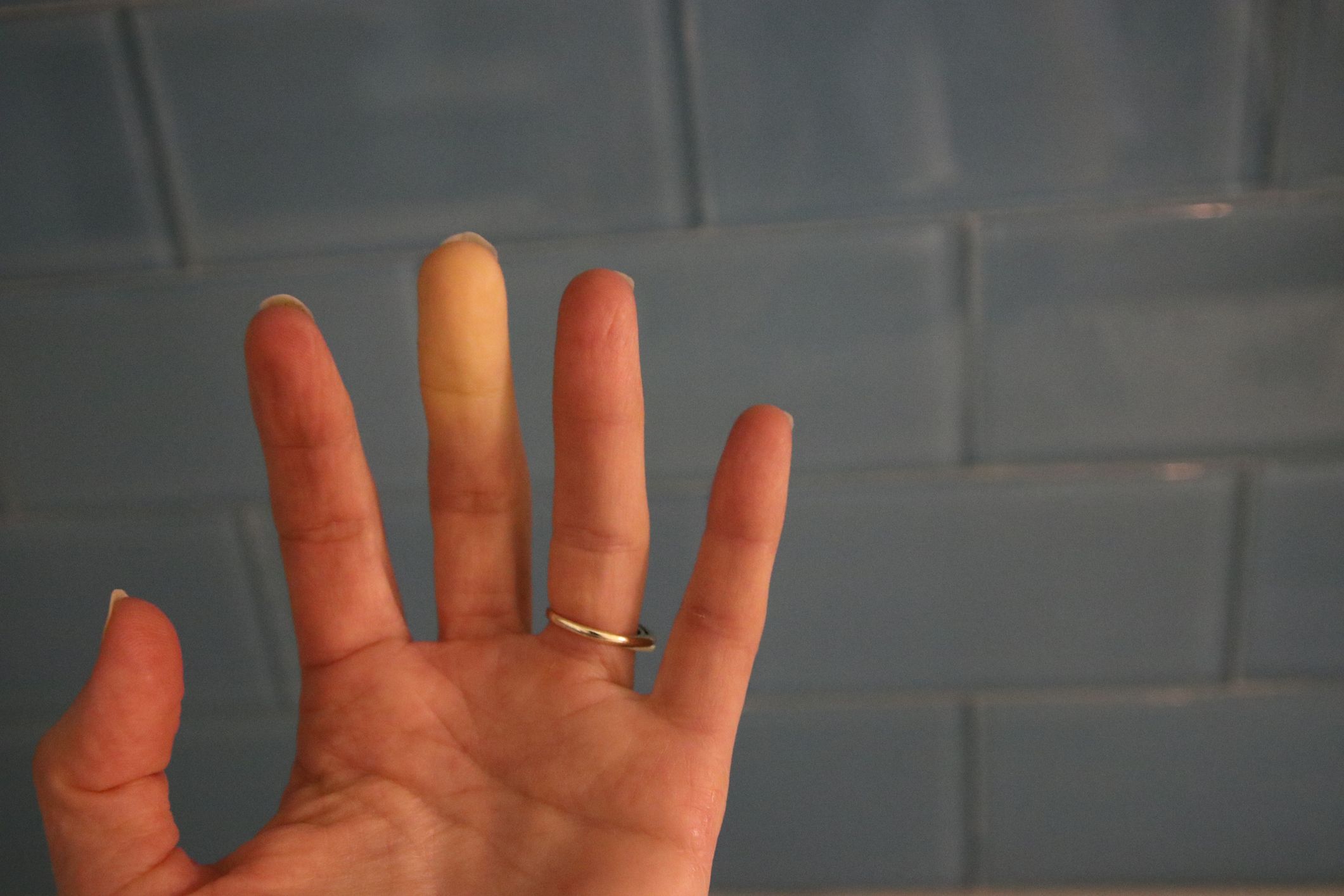
It’s crucial to see a doctor and follow their treatment plan. When bacterial, as in your wife’s case, antibiotics are used.ĭespite being a milder illness, walking pneumonia is serious.

This is because the buildup of fluid in the alveoli prevents adequate oxygen to get to the tissues of the body.ĭiagnosis may include X-rays to look for fluid buildup in the lungs and lab tests to identify the pathogen. Some people report only feeling tired and run-down. They can be confused for a cold or the flu. In so-called walking pneumonia, the major physical symptoms are either milder or, in some cases, not present at all. In regular pneumonia, symptoms typically include fever, chills, pain or pressure when coughing, a wheezing sound when breathing in, shortness of breath, and fatigue or exhaustion. These interfere with the gas exchange that supplies the body with oxygen and carries away carbon dioxide. The infection causes the alveoli to become inflamed, which results in the production of fluids or pus. It’s not uncommon for someone whose immune system has been sapped by a viral infection to develop pneumonia as a secondary bacterial infection. While the most common cause is bacteria, viruses and fungi can cause pneumonia as well. When someone has pneumonia, it means that one or both lungs have become infected. This is also where carbon dioxide, which our cells produce as a byproduct of metabolism, leaves the blood and exits via each exhaled breath. The alveoli, which are lined with capillaries, are where the oxygen that we breathe in passes to the blood and travels to sustain the tissues throughout the body. To give you an idea of how small these are, the average healthy adult has an estimated 480 million alveoli. Instead of leaves, though, bronchioles end in clusters of tiny and delicate air sacs known as alveoli. The smallest of these branches are known as bronchioles.
WALKING PHENOMENA SYMPTOMS SERIES
They are made up of a series of branching tubes that gradually go from large to small, like the trunk and branches of a tree. To understand pneumonia, let’s start with the lungs. Instead, they may think that they have somehow overexerted themselves, which has led to their feeling tired and run-down. Someone with walking pneumonia can have symptoms that are so mild, they may not even realize that they are ill. The difference between the two lies in the degree of illness. The potential causes and physical symptoms of atypical pneumonia and “regular” pneumonia are basically the same. Mycoplasma pneumoniae infections - treatment & complications.Dear Reader: Walking pneumonia is a term that is often used to describe a mild case of pneumonia.

Sharma L, Losier A, Tolbert T, Dela Cruz CS, Marion CR. Mycoplasma pneumoniae infections - signs & symptoms. What causes pneumonia?Ĭenters for Disease Control and Prevention.

What is walking pneumonia?Īmerican Lung Association. StatPearls Publishing 2022.Īmerican Lung Association. Mycoplasma pneumoniae infections - causes and how it spreads. Current perspectives on atypical pneumonia in children. Seasonality of respiratory viral infections: will COVID-19 follow suit? Front Public Health. Audi A, AlIbrahim M, Kaddoura M, Hijazi G, Yassine HM, Zaraket H.


 0 kommentar(er)
0 kommentar(er)
